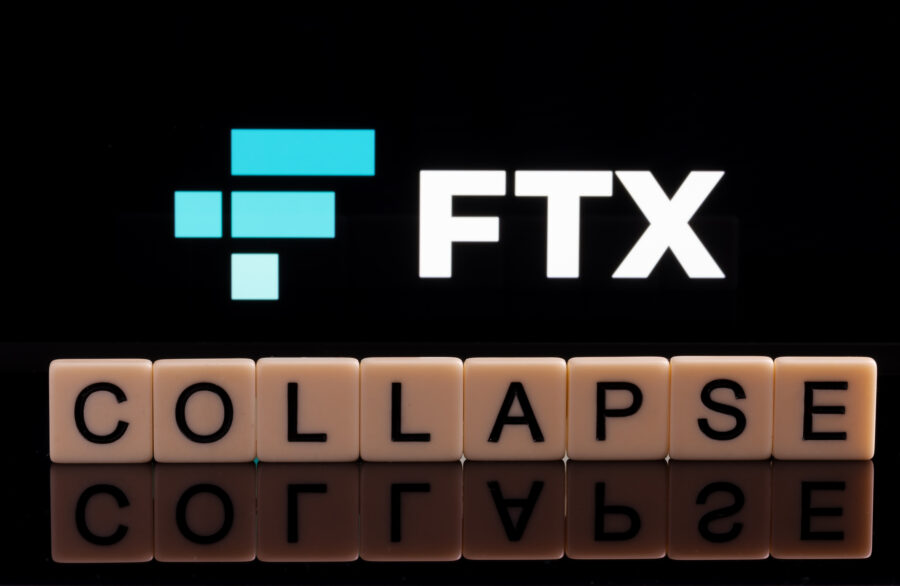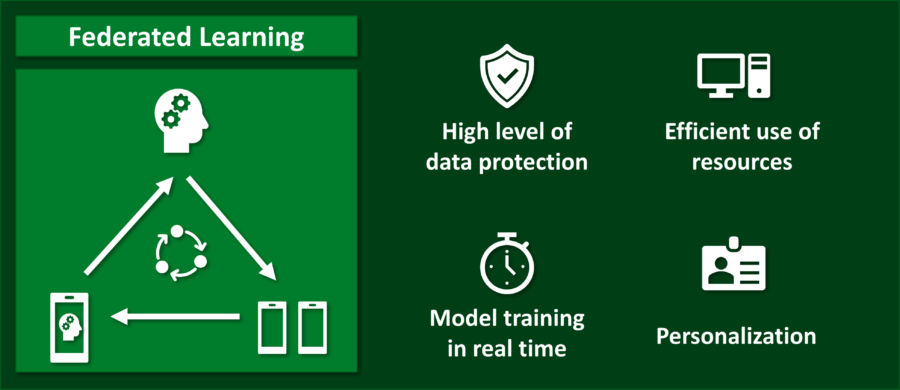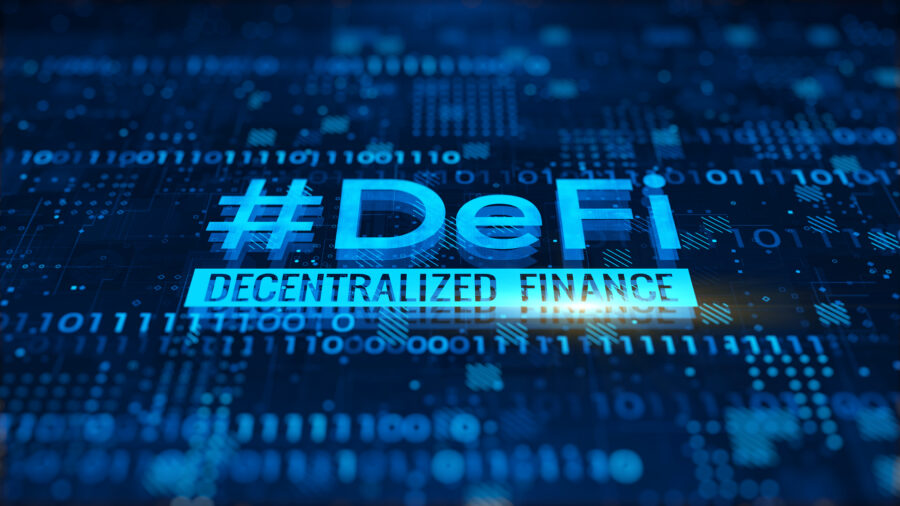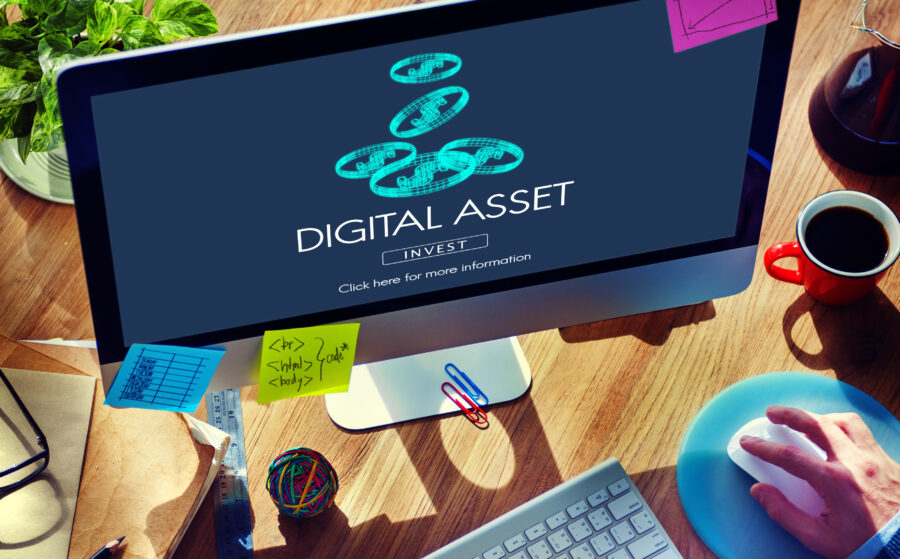
Selected Challenges & Success Factors for Banks in the Context of Launching a Digital Assets Offering
Various banks have opened up more to the topic of digital assets in recent months and are actively driving forward concept and implementation projects for a digital asset offering or are already offering one. For a successful launch, various fields of action need to be addressed. The basis for the conception, operational implementation and launch of a digital asset offering is to ensure the relevant expertise in the appropriate depth and breadth both in the project team and in the specialist departments involved during the conception and implementation phase, the leap from a project-oriented way of working (Change the Bank, CtB) to operation (Run the Bank, RtB), and anchoring in the corporate culture.
This blog post will outline selected challenges in these three areas of action, present exemplary measures, describe success factors, and highlight key takeaways.
























